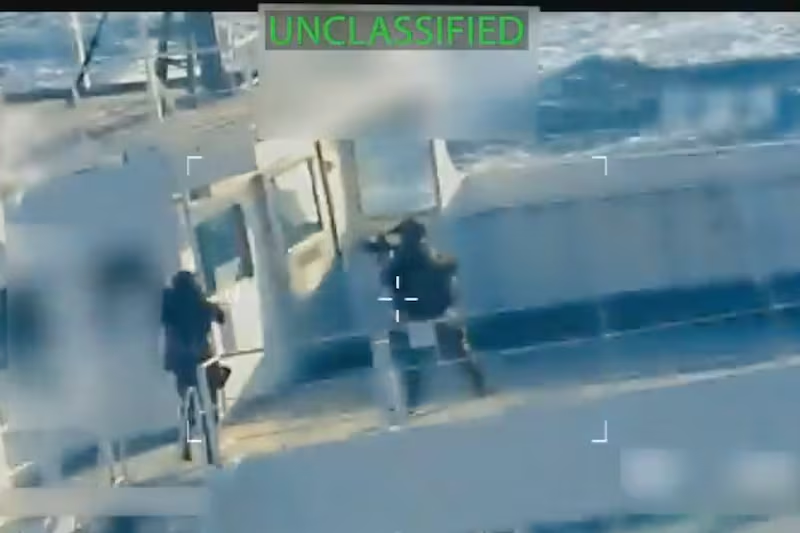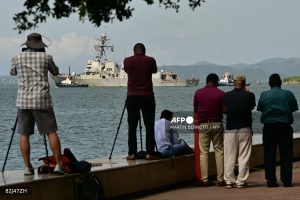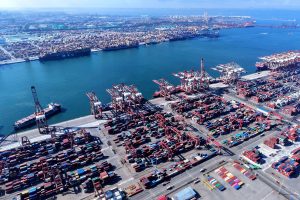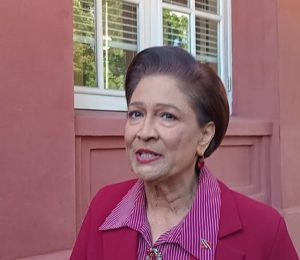
WE’VE seen the extensive flooding that took place in the last couple weeks: in Port-of-Spain and environs, in Central Trinidad including St Helena and environs and South Trinidad, (Debe, Penal etc.). It’s happening almost daily, in the midst of the crisis caused by the Covid-19 pandemic.
In some instances, there are cries that drains and rivers are not being cleaned, which is contributing to the flooding. Then we see ginormous excavators being wheeled in by the Ministry of Works and Transport (MOWT) to dredge the watercourses. Some might say: “Yeah, look dey now doing something!” The chests of resident, farmers and businesspersons fill with happiness and joy. The government is visibly seen to be taking decisive and swift action to remedy the situation.

But is anyone questioning whether dredging the watercourses, the way that the government is doing it, is actually working? Because I don’t think it is, except to create wonderful PR (public relations).
MOWT continuously updates their Facebook page with posts of the dredging and desilting works they completed at various watercourses.
One of those is of Bamboo River 2 in Toco/Sangre Grande (see main photo above). In the “before” photo, all you see is greenery, but in the “after” photo, on the left shows absolutely all vegetation from the river and riverbank removed. I find the images somewhat troubling.

There are numerous studies all over the world which question the efficacy of dredging as a primary flood prevention measure, some of which go as far as to denounce it. Dredging in the manner being done by MOWT, i.e., completely clearing off the vegetation from the watercourse and banks, is undoubtedly destroying the natural habitat.
Watercourses are important to our ecosystem, in that they provide breeding grounds for fish and food and homes for birds and other wildlife. Remove the river bank soil and vegetation; you’re left with a stripped and empty habitat.

Then there’s the issue that dredging may create more dangerous rivers. By removing the river bank trees, shrubs and vegetation, it can increase erosion of the banks. The soil which fell/wash away may then be deposited into the bottom of the river, reducing the effectiveness of the dredging works – a catch 22 situation.
Another problem is that once dredging has been started, it must be repeated after every extreme flood event. Sediment (soil, mud, debris etc.,) is redeposited back into the bottom of the watercourse, decreasing its capacity to hold runoff and possibly slowing the runoff speed. Repeated dredging is not cheap and will definitely be a significant drain on the treasury.

Another issue is that dredging may also cause flooding. If you increase the flow of flood water at point A higher up the river, it can cause faster moving floodwaters downstream. When it hits point B, a place where the water can escape (e.g. a collapsed riverbank, which had already been destabilised and weakened by dredging/desilting works), flooding of surrounding areas can happen with frightening speed. When this happens, people may not have enough time to move their belongings out of the way, if they can, before they become inundated with fast rising floodwaters.
There are many alternate solutions available. Have they even been considered? One of them is to create safe spaces to hold floodwaters, e.g. by reconnecting watercourses with available floodplains (low lying areas, which may include empty and unoccupied state lands).
I am not a flood prevention specialist, but I do have experience with environmental law enforcement and have many questions. One of which is why the country’s environment agency seems silent on this matter. There’s politics at play, but there’s also environmental ramifications and people’s lives and livelihoods are at stake. This is not an easy issue. But citizens need to start asking questions and getting answers, because change is needed. Be safe T&T.
Copyright © 2021 Neela Ramsundar, LL.B (HONS), L.E.C is a Civil Litigation Attorney at Law & Certified Mediator.
Disclaimer: The contents of this article are for general informative purposes only. It does not provide legal advice and does not create an attorney-client relationship with any reader. For legal advice on your specific situation, please contact an Attorney-at-Law of your choosing directly. Liability for any loss or damage of any kind whatsoever allegedly incurred a consequence of using content in this article is thus hereby excluded to the fullest extent permitted by law.
![]()









